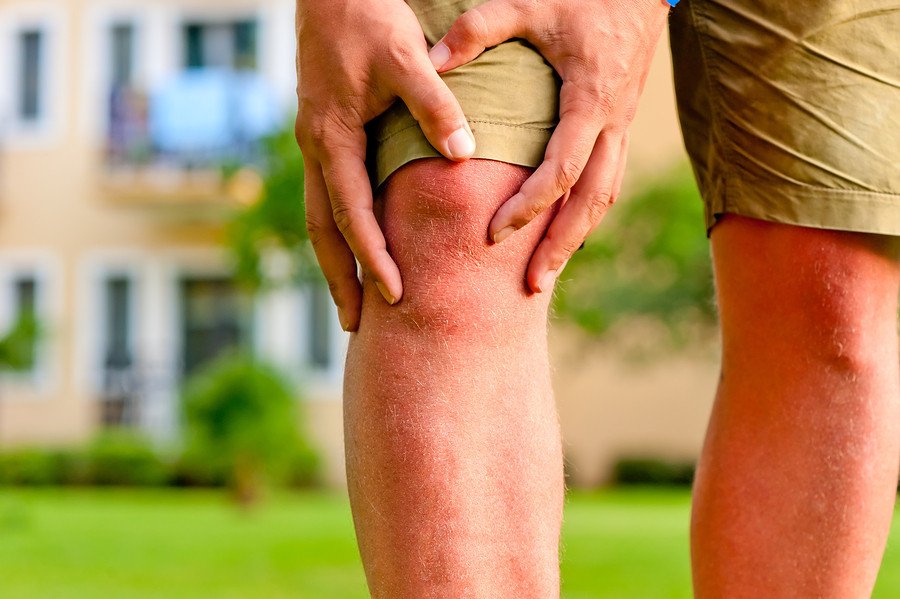Joint pain...is it osteoarthritis?

Your knee aches from time to time. Or maybe your fingers don't seem as nimble as they used to be. Could it be osteoarthritis?
Osteoarthritis, the most common form of arthritis, develops when cartilage, the flexible tissue lining the joints, deteriorates. As a result, the space between bones gradually narrows and the bone surfaces change shape. Over time, this leads to joint damage and pain.
People with osteoarthritis often have it in more than one joint. It is most common in the knee, hip, lower back, and neck, and in certain finger joints. The symptoms of osteoarthritis usually develop over many years, and many of the early symptoms are the same no matter which joint it starts in. The first sign is often pain in a joint after strenuous activity or overusing the joint. The joint may be stiff in the morning, but loosen up after a few minutes of movement. Or the joint may be mildly tender, and movement may cause a crackling or grating sensation. Some people have continual joint pain that interferes with sleep.
But some telltale signs of osteoarthritis are specific to certain joints. If you're experiencing any of the types of joint pain listed below, ask your doctor to check you for osteoarthritis.
- Knees. When osteoarthritis affects the knee, the result is pain, swelling, and stiffness of that joint. What starts out as some discomfort after a period of disuse can progress to difficulty walking, climbing, bathing, and getting in and out of bed.
- Hands. Osteoarthritis of the hand often starts with stiffness and soreness of the fingers and in the base of the thumb, particularly in the morning. You may find that it becomes harder to pinch, and that your joints crackle when moved. People with hand osteoarthritis may have difficulty doing routine movements, like opening a jar, turning a key, or typing.
- Hips and spine. When osteoarthritis affects the hip, pain may be felt in the groin, down the inside thigh, or even as far away as the knee. Osteoarthritis of the cervical spine (in the neck) can cause pain in the shoulders and arms. When it affects the lower spine, pain can spread to the buttocks or legs.
For more on keeping your joints healthy, plus ways to ease the pain caused by osteoarthritis, buy Living Well with Osteoarthritis, a Special Health Report from Harvard Medical School.
Image: m-gucci/iStock
Disclaimer:
As a service to our readers, Harvard Health Publishing provides access to our library of archived content. Please note the date of last review or update on all articles.
No content on this site, regardless of date, should ever be used as a substitute for direct medical advice from your doctor or other qualified clinician.















